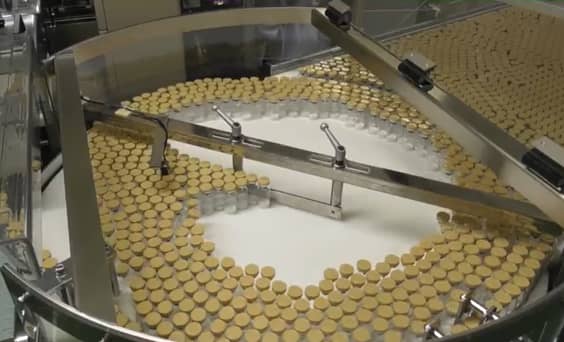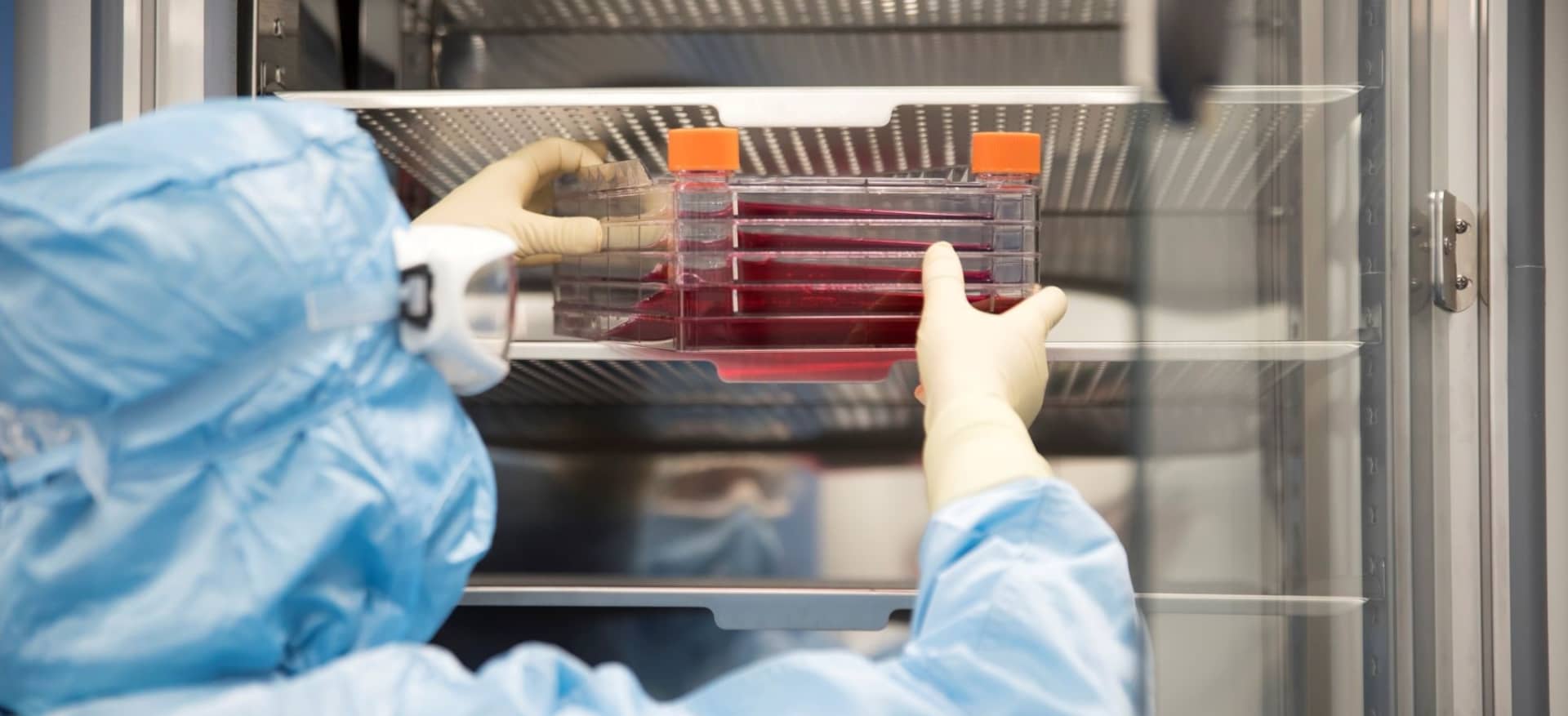Advancing our Manufacturing Processes with a Simple Sketch | Takeda Stories

Advancing our manufacturing processes with a simple sketch
3D printing offers tremendous potential to transform our manufacturing processes, increasing efficiency and reducing machine downtime.
Innovation plays a significant role in the work we do to transform the lives of patients. From our scientists to our supply chain operations, we’re always looking to improve the way we work so we can deliver treatments to those who need them when they need them. In our manufacturing sites, we’ve implemented 3D printing to help do just that.
“Our manufacturing sites have unique setups and some of the parts we need for our production lines aren’t commonly found on the market,” said Dominic Duda, Global Engineering Technology Solution lead at Takeda. “If something within our machines break, it could take 12 weeks to replace it – and it’s really expensive. But with 3D printing, we can print those parts on demand.”
Rapid prototyping helps prevent particle exposure
3D printing gives our employees who are closest to frontline manufacturing activities the opportunity to propose new solutions and quickly and inexpensively turn them into reality – this is called rapid prototyping.
Our Lessines manufacturing site focuses on the purification and packaging of immunology and hematology products. During this process, it’s critical to prevent vials from particle exposure to avoid the need to discard exposed vials, which in turn, delays delivering medicines to patients. In 2021, Giuseppe Bonfiglio, a line technician at our Lessines manufacturing site saw an opportunity to create a new part to further protect sterile vials from particle exposure. He gave a sketch to the engineering team and, using one of Lessines’ four 3D printers, they printed and tested five designs in plastic before deciding on the best solution to reproduce in sterile stainless steel for the aseptic – or sterile – application. The new part will be implemented later this year.
“The beauty of 3D printing is that it allows us to be more creative and cost effective,” said Luiz Esteves, robotics and fill finish engineering lead at Takeda’s Lessines site. “This technology brings tremendous potential and my goal is to share the benefits with our manufacturing sites around the world.”
Mitigating potential risks in the supply chain
With the help of Takanori Mori, maintenance engineer, at Takeda’s Hikari Plant, the local engineering team and shopfloor operators collaborated and identified which parts of the machine impacted whether the vials stayed upright. They tested small 3D printed parts to see if they could maintain bottle balance and improve the flow of the supply line. Ultimately, this small fix has had a huge impact by reducing the number of fallen vials by 68%.
“3D printing has allowed us to be creative in the way we innovate. Our teams have a lot of great ideas and now we can bring them to life through 3D printing. You can create a simple sketch and an engineer can bring it to life in a few hours,” said Dominic. “This has given our teams more opportunities to contribute to the work we’re doing while also helping us be more efficient in bringing potentially life-transforming treatments to patients.”

Share this story


